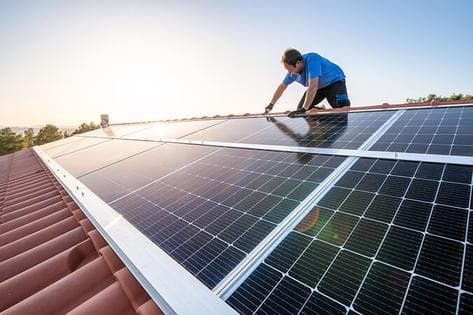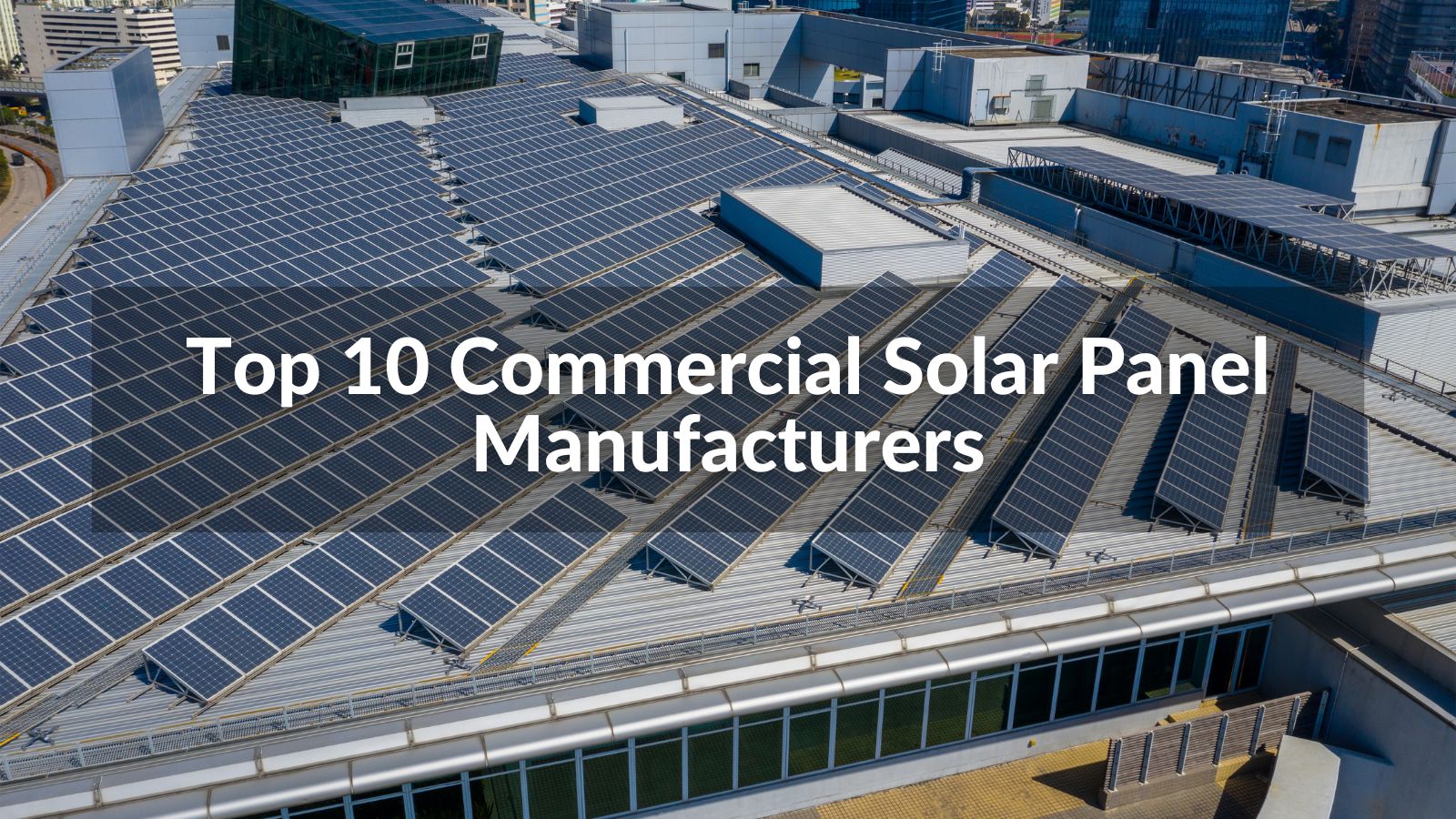10 Easy Facts About Commercial Solar Panels Virginia Explained
10 Easy Facts About Commercial Solar Panels Virginia Explained
Blog Article
Residential Solar Panel Systems Virginia: Lumina Solar Concentrates On Providing Advanced Photovoltaic Solutions For Houses And Companies
History and Establishing
Have you ever questioned how a solar panel company springs from a mere spark of inspiration into a powerhouse of renewable resource? It often begins with a vision-- one sustained by a mix of development, decision, and a pinch of serendipity. The journey of many solar business mirrors the development of the innovation itself: from bulky, inefficient panels to streamlined, high-efficiency marvels harnessing the sun's bounty.
The Early Days
In the late 20th century, when solar energy was still a specific niche idea, leaders planted seeds for what would end up being a worldwide motion. Envision a little workshop filled with curious engineers, tirelessly experimenting with photovoltaic cells. Their enthusiasm was palpable, frequently driven by a desire to combat climate modification and decrease reliance on nonrenewable fuel sources.
One such anecdote has to do with a creator who, inspired by an outdoor camping journey, realized that even in remote locations, the sun might power vital gadgets. This easy observation triggered a business's objective to democratize access to tidy energy.
Founding Concepts

- Innovation: Continuously pushing the borders of solar innovation to enhance effectiveness and toughness.
- Sustainability: Dedicating to environment-friendly manufacturing and lowering carbon footprints.
- Availability: Making renewable energy options budget friendly and practical for everyday users.
Turning points in Development
| Year | Key Event |
|---|---|
| 1985 | Company founded in a small garage, concentrating on research and advancement. |
| 1995 | Very first industrial solar panel item launched, gaining local attention. |
| 2005 | Expanded to worldwide markets, embracing worldwide renewable resource objectives. |
| 2015 | Presented advanced photovoltaic panel innovation with boosted energy conversion. |
Isn't it fascinating how these incremental steps, often ignored, form the energy landscape today? The photovoltaic panel business story is not practically innovation; it has to do with a relentless quest for a brighter, cleaner future.

Developments in Photovoltaic Panel Technologies
Ever noticed how some solar panels shine brighter and last longer? It's not magic; it's the science of photovoltaic effectiveness. Modern photovoltaic panel companies invest greatly in technologies like bifacial cells, which catch sunshine from both sides, boosting energy harvest without broadening roofing system area. Have you ever wondered why some panels perform much better on cloudy days? That's due to advances in thin-film solar innovation, which thrives under diffused light conditions.
Product Variations Customized to Unique Needs
One size never fits all. Photovoltaic panel suppliers now offer:
- Monocrystalline panels for optimum efficiency and smooth visual appeals, perfect for space-constrained rooftops.
- Polycrystalline panels, which use an economical alternative without sacrificing excessive output.
- Building-integrated photovoltaics (BIPV), combining solar tech effortlessly into architectural elements like windows and facades.
Choosing the ideal item isn't almost in advance expense; it's about matching your environment, energy objectives, and long-lasting savings. Homes shaded by trees need panels that excel in low-light circumstances, something numerous overlook until energy bills climb suddenly.
Technical Tips for Optimum Choice
- Examine the temperature level coefficient-- lower worths suggest panels lose less performance on hot days.
- Try to find panels with boosted anti-reflective finishes to make the most of light absorption.
- Consider the panel's service warranty not just for problems, but for guaranteed power output over decades.
- Do not ignore the significance of the inverter technology coupled with the panels; it can make or break your system's efficiency.
Beyond Panels: Emerging Patterns
Think of photovoltaic panels that adjust their angle automatically to chase after the sun-- tracking systems are becoming more accessible, increasing yield considerably. Or solar tiles that blend undetectably into your roofline, transforming your home into a silent, self-dependent power generator. These innovations are reshaping what a photovoltaic panel business offers-- not just products, however incorporated energy solutions.
Market Presence and Global Operations
Ever wonder why some solar panel business seem to grow up in every corner of the globe while others hardly make a ripple? The distinction lies not simply in technology however in mastering the art of navigating diverse markets. Broadening globally is like planting seeds in different environments-- you should comprehend each environment's distinct conditions to prosper.
Take, for instance, the detailed dance of logistics and supply chain management. Shipping panels halfway across the world isn't practically range; it has to do with timing, customizeds, tariffs, and adjusting to local need fluctuations. A company with robust global operations expects these variables, making sure panels get here on schedule without inflating expenses. This foresight is no little feat and typically separates industry leaders from fans.
Secret Methods for Expanding Market Presence
- Localized manufacturing: Developing production hubs near target audience minimizes shipping hold-ups and import intricacies.
- Strategic partnerships: Teaming up with regional companies accelerates market penetration and constructs trust.
- Adaptive item design: Tailoring solar panel tech to weather, sun strength, and infrastructure subtleties boosts performance and acceptance.
What about the click here human element? Photovoltaic panel companies operating worldwide must fix up cultural distinctions and regulatory subtleties without losing sight of their core objective. For instance, what works in a sun-drenched desert might falter in a damp seaside area. In some cases, the most innovative option is merely listening-- absorbing regional insights to fine-tune technology and technique.
Specialists typically encourage a phased rollout rather than a shotgun expansion. Why risk overextension when determined development develops sustainable momentum? Scaling wisely suggests balancing ambition with functional resilience - Commercial Solar Panels Virginia. In the race for sustainable energy dominance, patience can be as important as speed.
Environmental Impact and Sustainability Practices
When solar panels initially emerged, numerous assumed they carried zero environmental baggage. The truth is more nuanced. The production of solar batteries includes unusual earth metals and energy-intensive procedures, which can leave a substantial carbon footprint before the panels even reach rooftops. Yet, the true environmental expense depends greatly on the sustainability practices employed by the photovoltaic panel company throughout the lifecycle of their items.
How typically do we pause to consider what takes place to solar panels at the end of their beneficial life? Unlike batteries or electronics, photovoltaic panels can last 25-30 years, however disposal and recycling paths stay underdeveloped in numerous regions. A business dedicated to reducing environmental damage will have a robust strategy for recycling photovoltaic products, restoring valuable silicon, glass, and metals to avoid garbage dump build-up.
Secret Sustainability Techniques
- Utilizing low-impact manufacturing techniques that decrease water and energy intake.
- Carrying out closed-loop systems to recycle production waste back into new panels.
- Taking part in transparent supply chain audits to guarantee ethical sourcing of raw products.
- Designing panels for easier disassembly to aid future recycling efforts.
It deserves noting that some solar companies have pioneered innovative methods, such as incorporating naturally degradable elements or using less toxic chemicals during fabrication. This not just reduces ecological stress however likewise sets a precedent for the market. The question remains: can the solar industry genuinely pivot towards a circular economy model without compromising effectiveness or price?
Expert Tips for Examining Sustainability
- Ask about the company's commitment to carbon-neutral production and whether they offset emissions.
- Investigate if they partner with certified recycling facilities devoted to photovoltaic panel waste.
- Try to find transparency reports detailing ecological impacts and sustainability goals.
- Consider the longevity and warranty of panels as an indirect step of resource efficiency.
In the end, choosing solar energy needs to suggest more than just slashing electrical power bills; it has to do with supporting a future where energy is gathered properly and waste is thoughtfully managed. Solar panel companies that accept this philosophy not only illuminate homes but also cast a brighter light on sustainable development.
Report this page